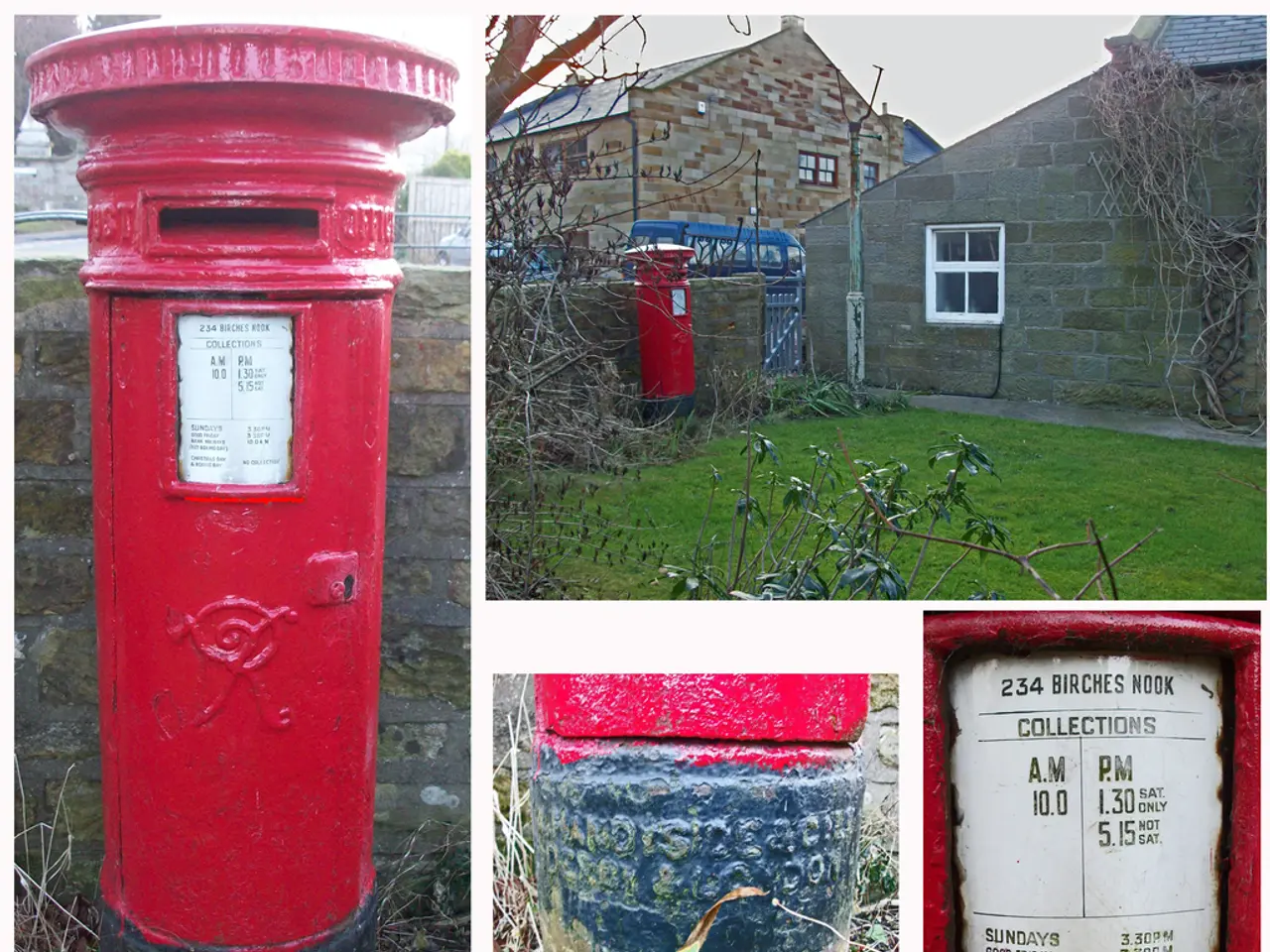Scorching Science Solutions for Sizzling Summer Days
=================================================================
Last updated on June 13, 2025, by Emma Vanstone
As the summer heat wave continues, keep your kids engaged and entertained with a series of fun and educational science experiments. These activities are designed to be simple, using common household items, and provide hands-on learning about temperature, density, chemical reactions, and states of matter.
Cold and Hot Air Experiment
Demonstrate how temperature affects air pressure with this easy experiment. Fill one bowl with hot water (optionally red-colored) and another with cold water and ice cubes (optionally blue-colored). Place a balloon on a bottle’s opening and submerge the bottle in the hot water; the balloon inflates as the air inside warms. Then transfer the bottle to the cold water; the balloon deflates as the air cools. This visualizes how hot air expands and cold air contracts.
Dancing Raisins
Fill a clear glass with carbonated water and drop in raisins. The bubbles cling to the raisins, making them rise and sink repeatedly, demonstrating buoyancy and gas motion.
Magic Milk
Pour whole milk into a shallow dish, add drops of food coloring, and touch with a dish soap–dipped swab. The colors swirl due to soap interacting with fat molecules, creating a vibrant chemical reaction.
Homemade Lava Lamp
Fill a clear bottle with vegetable oil and water, add food coloring and a fizzy tablet like Alka-Seltzer. Bubbles rise and fall as in a lava lamp, illustrating density differences and chemical reactions.
Oobleck (Non-Newtonian Fluid)
Mix cornstarch and water to create Oobleck, which behaves like a solid under pressure but flows like a liquid when released, offering fun sensory play and exploration of fluid properties.
Ice Melt Science
Track how ice changes from solid to liquid using different variables (salt, temperature, etc.) for an engaging way to observe phase changes.
Sink or Float Experiments
Test common household items (like oranges, fruits) to see what sinks or floats, exploring buoyancy—such as the orange buoyancy experiment where kids learn why some things float while others sink.
Ice Excavations and Ice Cream Soup
Get creative with ice excavations and even try making ice cream soup like Rainy Day Mum. These activities can be conducted outside to avoid mess inside.
Summer Science Challenges
Older children can test whether objects sink or float by wrapping sinking objects in bubble wrap to find out if reducing their density helps them float, or by making mini boats for sinking objects. A set of summer science challenges, including free printable challenge cards, is now available.
Paddling Pool Science Activities
Experiment with where ice melts the fastest, both indoors and outdoors. One of the experiments involves making a slushy drink using salt, ice, and various fruit juices.
Outdoor Activities
A DIY sundial can be made using a stick or straw to track the movement of the sun. Challenge your friends to a lolly stick race, a fun and unusual water table or paddling pool activity. Another experiment is painting on a sheet of ice, which is a creative and sensory activity.
These experiments are suitable for kids of all ages and are perfect for keeping minds active and bodies cool during the summer months. So grab your lab coats and goggles, and let the fun begin!
[1] Rainy Day Mum (2025). Ice Excavations. [Online] Available at: https://rainydaymum.co.uk/ice-excavations/
[2] Science Sparks (2025). 50 Fun Summer Science Activities for Kids. [Online] Available at: https://www.science-sparks.com/summer-science-activities-for-kids/
[3] Kids Activities Blog (2025). 50 Summer Science Experiments for Kids. [Online] Available at: https://www.kidsactivities.net/games/science-experiments/summer-science-experiments-for-kids.php
[4] Science Bob (2025). Dancing Raisins. [Online] Available at: https://www.sciencebob.com/dancing-raisins/
[5] The Kid Should See This (2025). Sink or Float Experiments. [Online] Available at: https://thekidshouldseethis.com/topics/physics/sink-or-float-experiments
- Explore the world of STEM further with online education platforms offering a variety of courses in science, technology, engineering, and math, suitable for children of all ages.
- As part of a healthy lifestyle, consider incorporating healthy-cooking activities into your science experiments, introducing kids to the science behind food and drink, such as understanding the role of different chemicals in baking.
- For a fashionable touch, conduct DIY science experiments inspired by popular trends, like making slime or discovering the science behind fizzing bath bombs, combining science, art, and fashion for an engaging activity.
- Refer to educational resources on the web, such as Science Sparks and Kids Activities Blog, for more science-related summer activities for kids.
- Incorporate social media platforms to share your kids' science experiment results, build a community of like-minded families, and encourage friendly competition with fun science challenges.
- Expand your home and garden knowledge by experimenting with gardening techniques or mastering composting, teaching children about the environment and the life cycle of plants.
- Use social media to discover new entertainment options, such as science-themed series or documentaries, to initiate conversations about science, technology, and their applications in everyday life.
- Engage in educational self-development by following influential personalities in science, technology, engineering, and math on social media, finding inspiration for future careers and expanding your horizons.
- Learn about different career paths through biographies, films, or documentaries featuring successful individuals in the fields of science, technology, engineering, math, and education, inspiring kids to pursue their dreams.




